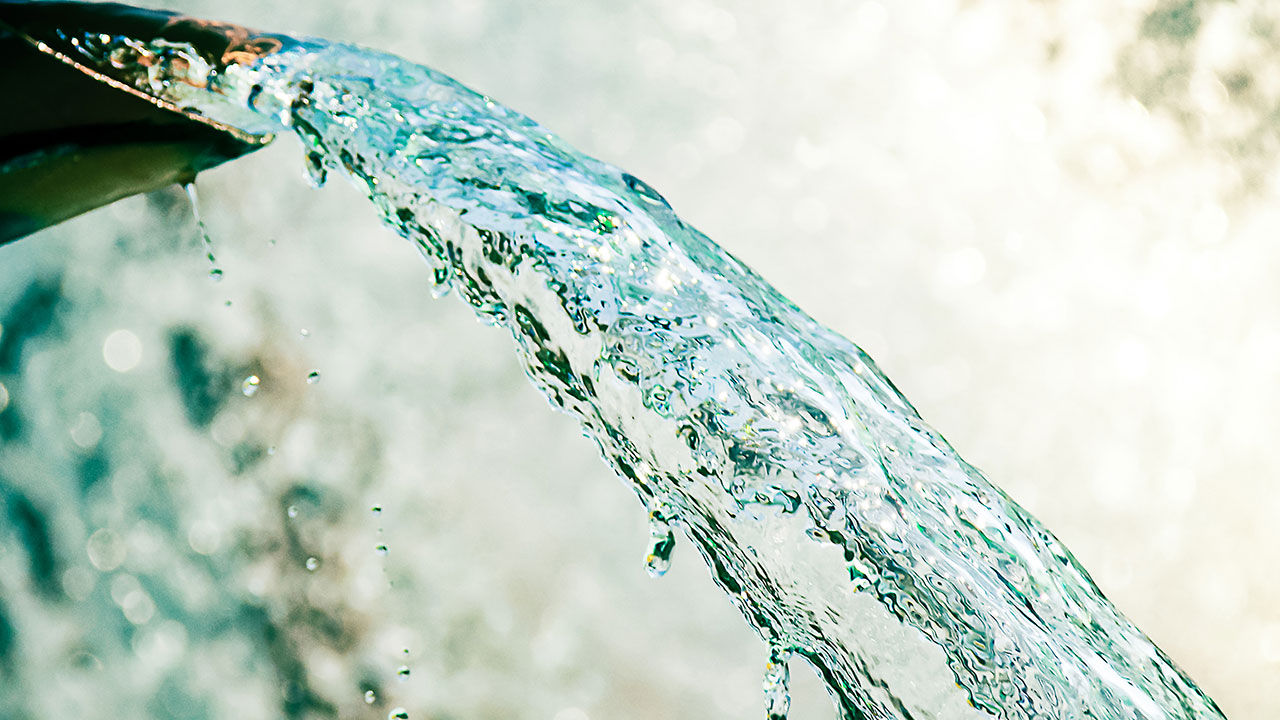6 Signs Your Home Has a Drainage Problem

It’s no secret that any water that’s pooled in any part of your home will cause nothing but problems. And if there are drainage issues in your home, you’ll likely experience these problems pretty quickly. That’s why it’s critical that any drainage issues be nipped in the bud before they turn into total catastrophe. Yet while some issues are obvious, other’s aren’t.
To save yourself the headache and the money trying to fix major problems that arise as a result of poor drainage in your home, keep an eye out for any one of the following 6 red flags.
1. Water Stains
One of the most telling signs that there’s an issue with the drainage in your home is water stains. Whether they’re on the walls, ceilings, or floors, any water stains are surface signs that something awry is lurking where you can’t see.
The location of the water stain will also be an indication of whether or not the problem is the result of surface water, or water moving underground, the latter of which is typically a much bigger problem. If the stain creates a line around the basement, it’s more likely the result of a moving water table. In this case, inquiring about basement waterproofing might be warranted after the issue has been rectified.
2. Spewing Gutters
If you notice that your gutters are running like a raging river, there’s probably something obstructing the free flow along the gutters. Even if you don’t actually see the water gushing out of the gutters, you can still tell this is happening if the grass or dirt at the opening of the gutters seems like it’s been dug out by powerful flows of water, or if you notice mud splatter marks on the exterior walls near the gutters. If this problem persists, you could be dealing with rotted exterior siding or even structural damage.
3. Downspouts That Dump Too Much Water Near the Foundation
The basement of your home can become flooded with water if your downspouts are dumping hoards of rainwater too close to the foundation. As such, the water will make its way into the basement and wreak havoc on the basement walls, floors, and any items you have in the water’s way.
If the downspouts are too short, they can literally dump gallons of water around the foundation walls of your home. As the water is soaked in by the soil, it puts pressure on the walls, and eventually causes them to crack. Adding gutter extensions that help carry the water a minimum of 5 feet away from your foundation walls can really help.
4. Mold in the Attic
The presence of mold in your attic is a sure sign that there’s a drainage problem with your home. It may sound odd that drainage issues can actually show signs of trouble way up in that part of the house, but moisture from the water in the basement can rise up through your home. The bathroom fans and vents will then blow hot, damp air right into the attic space, which can cause mold and mildew when it condenses on the colder side of the roof. Failure to deal with this issue early on can lead to rotted roof sheathing and shingles, which would then need to be replaced.
5. Crusting on Basement Walls
Any flaking or crusting on your basement walls could very well be a sign that your home’s drainage is inadequate. This crusting is caused by the mineral deposit residue that is left behind after water has evaporated and condenses. This might not necessarily be a huge problem if these deposits go no deeper than half an inch. Any more than that, however, could spell real trouble that may involve a compromised foundational structure.
6. Cracks on the Foundation Wall
It’s normal for foundation walls to experience cracks over the years as the house settles after being built. However, any cracks that are very wide – over 1/8 of an inch – or that are uneven might need a closer look into what could be causing them. It might very well be a drainage problem behind these cracks. If that’s the case, you’ll need to find out what exactly is behind the inadequate drainage and fix it.
The Bottom Line
If you notice any one of the above signs, you should deal with them immediately. A qualified plumber or structural engineer will be able to suggest the best course of action to fix the problem before it gets any worse. Identifying drainage problems when they’re not as serious and are easier to rectify can save you a lot of hassle and thousands of dollars over the long haul.



